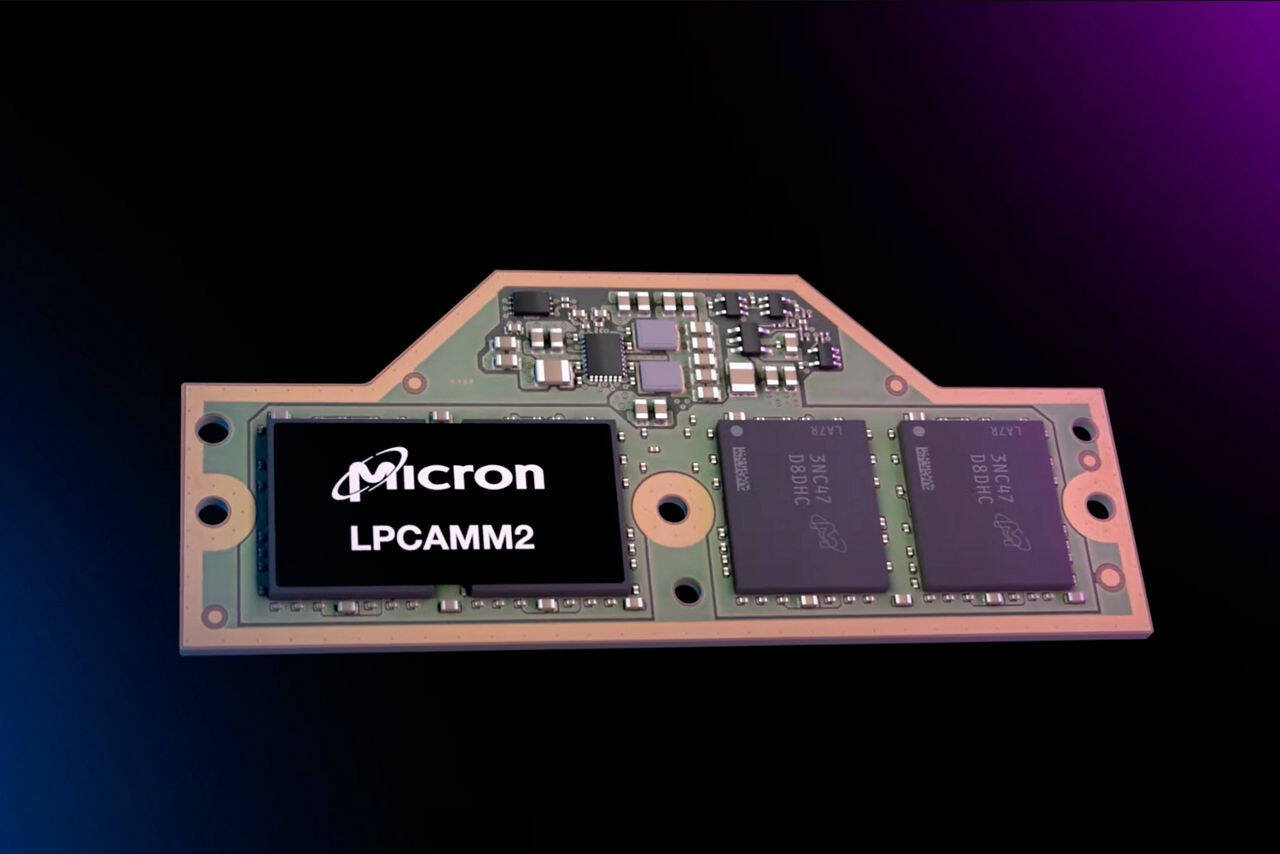I won’t hold my breath on Apple using this. It’d destroy their upsell from 8gb process in one fell swoop.
It’d destroy their upsell from 8gb process in one fell swoop.
There’s a video where someone upgrades the memory of an iPhone by cnc’ing the existing memory chip. So basically using a drill to more or less drill the existing chip to get rid of it. Requires crazy precision.
What the fuck? Like its not even bga or some other kind of soldering?
https://www.youtube.com/watch?v=JbSDdU8bJI0 here’s the video.
So I guess it was UV epoxied after soldering and he put new epoxy on with the new nand. Or something along those lines but the component is soldered in a typical way. The rotary tool being used to pull out the residual phone glue is excellent and I feel like I learned something useful even though I’m never going to do an iPhone ram upgrade.
They’d have to redesign their SoCs. The memory chips are right next to the SoC with the M chips.
Apple only do consumer friendly when forced by the EU.
And even then they’ll think of the most malicious way to comply:
Forced to change the connector to USB C? Better only give it USB 2.0 speeds on the regular and Plus model.
Forced to allow third party app stores? Better give it as many restrictions and limits as possible. I assume/hope they’ll eventually be forced to open up more, but they’ll fight it for as long as possible.
Bring back THE RAMBUS!
I remember learning about this in the early 00’s but then the textbooks were saying about this newer memory technology which the world has moved to known as DDR! Makes me feel so old now 👵
“we created the problem of soldered-on ram! now we have the solution: a new standard, for no fucking reason!” -every memory, board, and system company
But the article explains that there is a technical reason.
I still don’t understand, why this is seemingly no problem in any other application.
Desktops, servers and even some chonkier laptops manage to work with regular (SO)DIMMs just fine.
I’m guessing regular non-LP DDR works fine socketed in desktops because power is nearly a non-issue. Need to burn a few watts to guarantee signal integrity? We’ve got a chonky PSU, so no problem. On mobile devices however every watt matters…
Plus the smaller chips (like the CPU) are designed for lower voltage and current. They can’t handle dialing up the power, they’ll melt.
For the curious (and lazy):
According to repair biz iFixit, the issue with the power-frugal LPDDR memory chips is that the lower voltage they operate at calls for more attention to be paid to signal integrity between the CPU and memory. In practice, this has meant shorter track distances on the circuit board, leading to LPDDR being soldered down as close to the processor as possible.
LPCAMM2 is intended to address this by putting LPDDR onto a circuit board module that is “cleverly designed to mount right up next to the CPU,” with “very short traces to help maximize signal integrity,” the iFixit team explains in a blog and video detailing their hands-on with the ThinkPad P1 Gen 7.
the lower voltage they operate at calls for more attention to be paid to signal integrity between the CPU and memory
And they aren’t kidding around, modern high speed signals are so fast that a millimeter or less of difference in length between two traces might be enough to cause the signals to arrive at the other end with enough time skew to corrupt the data.
Edit: if you ever looked closely at a circuit board and seen strange, squiggly traces that are shaped like that for seemingly no reason, it’s done so that the lengths can be matched with other traces.
A millimeter is huge in these situations. USB3 requires 5 mil tolerances, just over 0.1 mm. This scales with the inverse of data rate.
Electronics are so fast that we gotta take the speed of light into account. God help you if you put too sharp a bend in a trace, too …
What is a mil in this context? I’m genuinely curious.
Probably one thousandth of an inch.
I’ve heard it referred to as ‘thou’ but not ‘mil’
A millimeter i.e a thousands of a meter.
edit: I was wrong, confusingly enough it is a thousands of an inch
In the design and manufacture of PCBs (aka circuit boards) a “mil” is a one thousandth of an inch, so it makes sense that’s what is being used in this context.
Also the maths check out: 0.005 inches is equal to aprox 0.12mm, “just over 0.1mm”.
5 mm isn’t ‘just over 0.1 mm’. That can’t be right.
Haha, I’m still over here messing with 10/100 Ethernet and USB 2 on my home projects. I’m used to bigger tolerances than the truly high tech stuff.
My dedicated AI machine uses 1866mhz DDR3. Consumers don’t know what they need and will buy whatever the latest new thing is. Smart phones are so dumb. Like wow, your brand new $2500 phone has a benchmark 4x faster than my refurbished $250 phone. Now tell me what you do with all that power. “…well I save 27ms per Instagram post which adds up with how much I use it”. I want to run headfirst into a brick wall.
I meant PCBs. I design custom circuit boards.
Like this one: https://www.tindie.com/products/bmoreautomation/esp-r8-poe-3c-automation-controller/
Good news I guess as I’ll never again buy a new computer which can’t be upgraded in the long term.
It ain’t my vision anymore and I hope more and more consumers think about buying second hand or buying upgradeable computers.
If you’re a manufacture, what incentives LPCAMM2 gives you over soldering the RAM? With soldering, you can upsell the upgrades and force ppl to replace the whole machine every 1-2 years. How does LPCAMM2 benefits the company? I’m talking in general, not some niche manufacturers like Framework.
TBH, I don’t think many will adopt this. Maybe it will show up in some expensive laptops like high end gaming and workstation, but majority of them wouldn’t.









